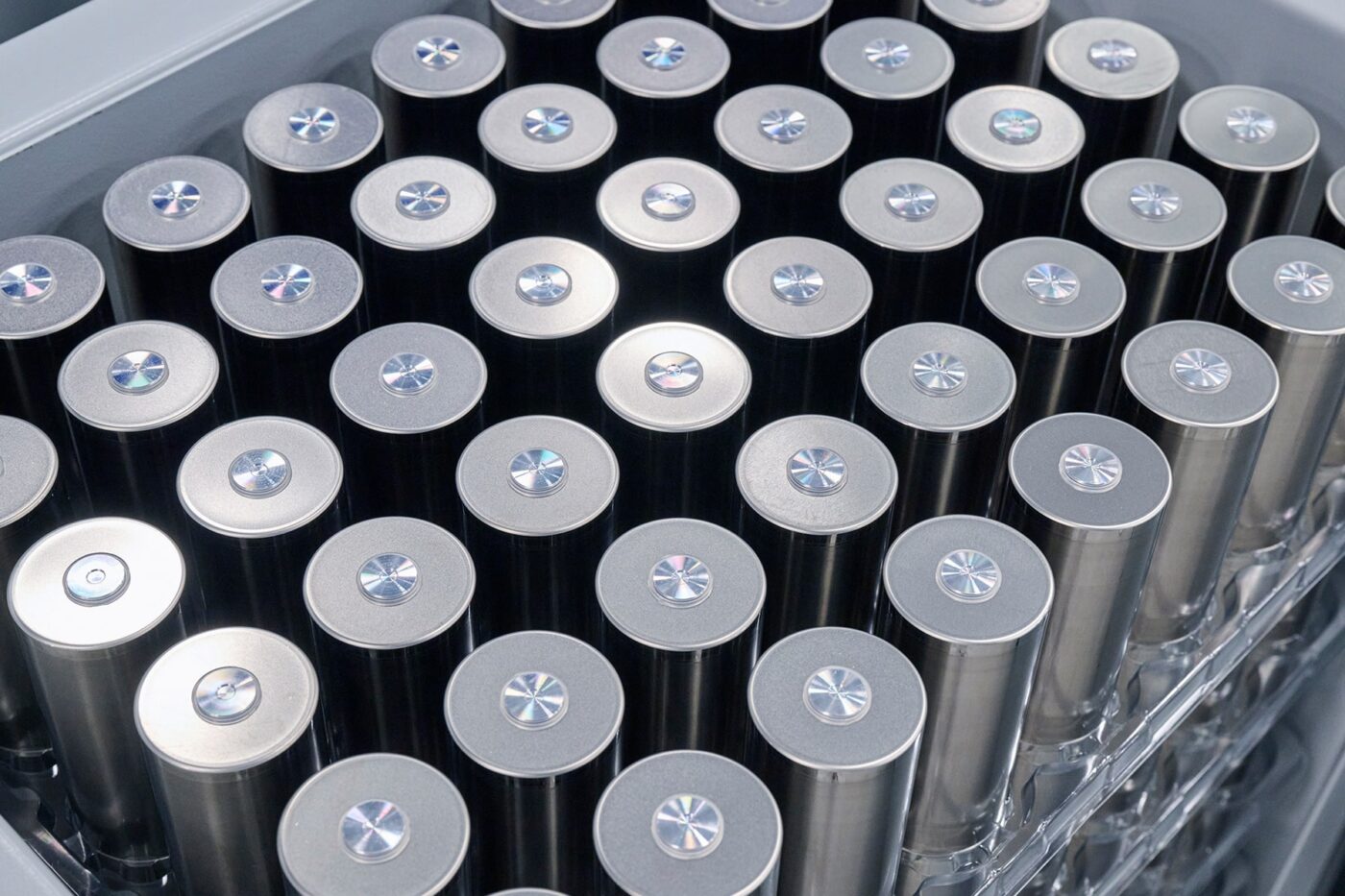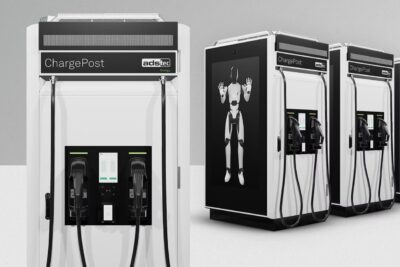Princeton University announces breakthrough sodium-ion cathode material
Sodium-ion batteries are interesting for electric vehicles because, unlike lithium, sodium is considered a non-critical raw material that is readily available, inexpensive and very safe. Moreover, the supply chain is not dominated by Asian companies.
Researchers at Princeton University in New Jersey say they have made important progress in the field of sodium-ion batteries. With financial support from Volkswagen’s Italian sports car brand Lamborghini, a team of researchers led by Prof Mircea Dincă has succeeded in developing an “exciting alternative that relies on an organic, high-energy cathode material to make sodium-ion batteries, advancing the likelihood that this technology will find commercialisation with safe, cheaper, more sustainable components.”
The cathode material now presented by Dincă and his team, a layered organic solid called bis-tetraaminobenzoquinone (TAQ for short), is said to even outperform “traditional lithium-ion cathodes in both energy and power densities in a technology that is truly scalable.”
Dincă’s laboratory had already presented a lithium-ion battery with TAQ last year and has since been working on adapting and optimising the technology for sodium-ion batteries.
“The binder we chose, carbon nanotubes, facilitates the mixing of TAQ crystallites and carbon black particles, leading to a homogeneous electrode,” said Dincă Group Ph.D. and first author on the paper, Tianyang Chen. “The carbon nanotubes closely wrap around TAQ crystallites and interconnect them. Both of these factors promote electron transport within the electrode bulk, enabling an almost 100% active material utilisation, which leads to almost theoretical maximum capacity.” Among other things, this should lead to better charging performance.
“Everyone understands the challenges that come with having limited resources for something as important as batteries, and lithium certainly qualifies as ‘limited’ in a number of ways,” said Mircea Dincă. It is better to have a diversified portfolio for these materials. “Sodium is literally everywhere. For us, going after batteries that are made with really abundant resources like the organic matter and seawater is among our greatest research dreams.”
The battery researcher added: “Energy density is something on a lot of people’s minds because you can equate it with how much juice you get in a battery. The more energy density you have, the farther your car goes before you have to recharge it. We’ve answered quite emphatically that the new material we developed has the largest energy density, certainly on a per kilogram basis, and competes with the best materials out there even on a volumetric basis.”
The lab’s Lamborghini-funded paper, ‘High-Energy, High-Power Sodium-Ion Batteries from a Layered Organic Cathode,’ appears this month in the Journal of the American Chemical Society (JACS).





0 Comments